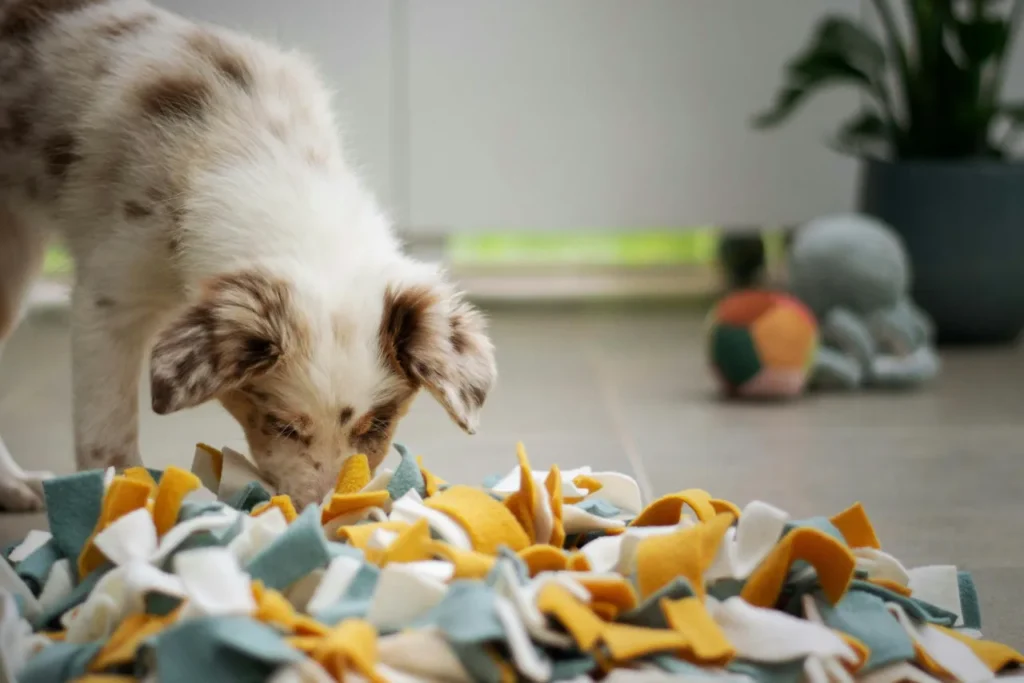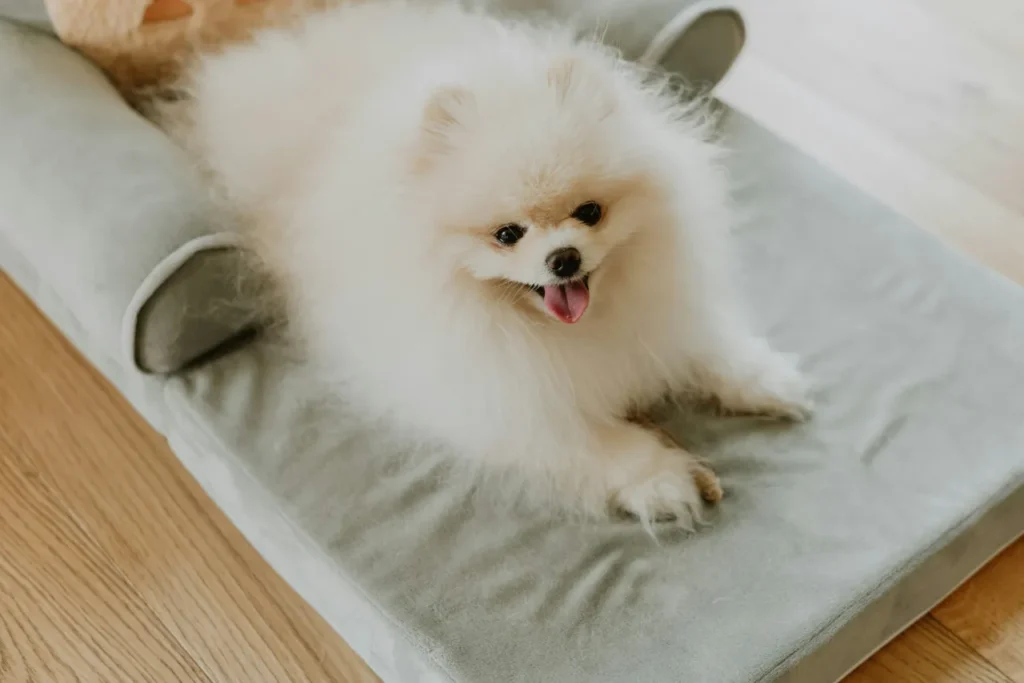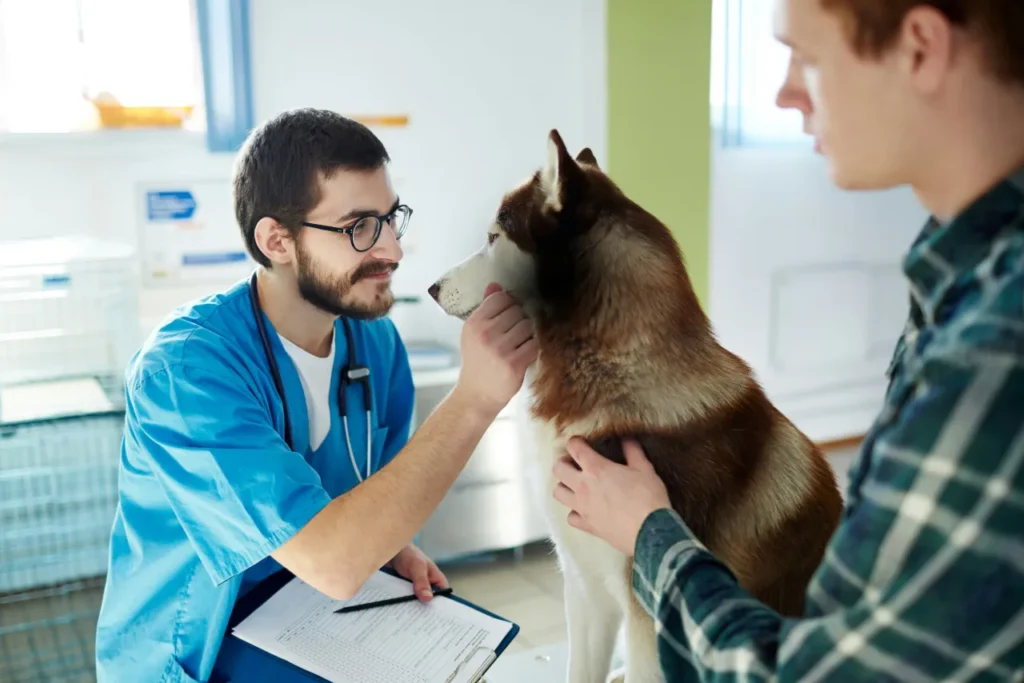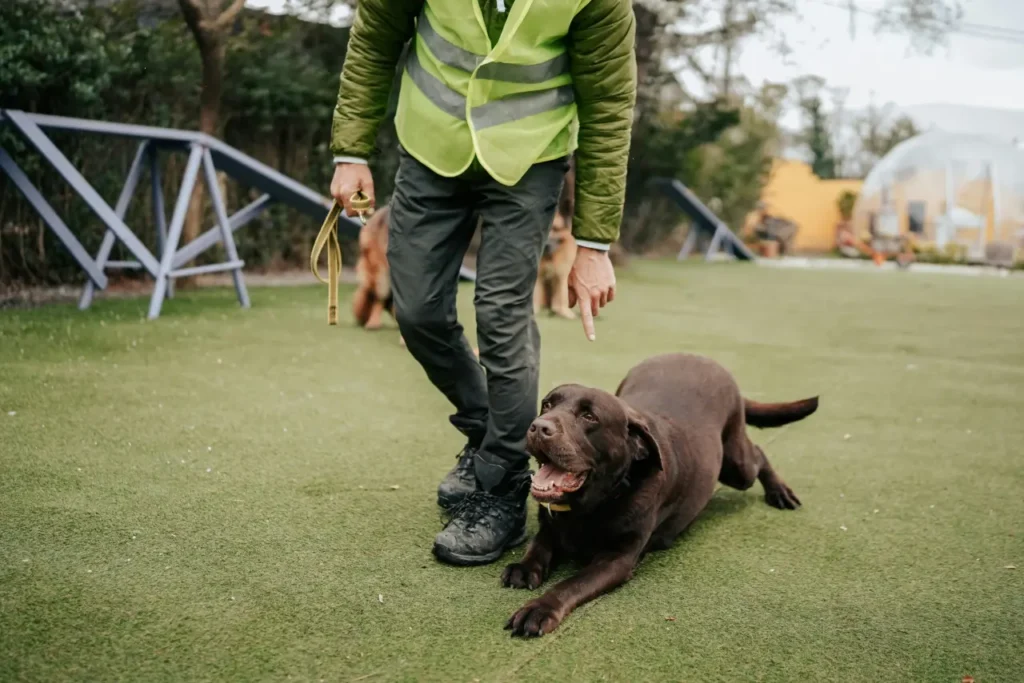We expect dogs to bark, sniff, and wag their tails, but what about nonstop sneezing? We hear this question all the time: “Why is my dog sneezing so much, and what do I do about it?” While occasional sneezing is normal, it’s worth paying attention if it starts happening more often or comes with other symptoms like coughing or pawing at the nose.
From common allergens to potential respiratory issues, there’s a lot that could be going on. What’s more interesting is that your dog’s behavior and environment can play a huge role in how often they’re exposed to these triggers. At Off Leash K9 Training Ventura, we help pet parents build healthier habits for their dogs, and in many cases, fewer sneezes come with the territory.
Typical Causes of Sneezing In Dogs

If your dog is sneezing a lot or having difficulty breathing, it’s typically caused by one of the factors below.
Everyday Irritants and Foreign Objects
Ventura’s breezy, coastal air carries dust, pollen, and smoke. These are tiny irritants that tickle a dog’s nose. If your dog gives a few quick sneezes after rolling in the yard or when a dryer sheet wafts by, it’s likely just a sneeze reflex helping their nose clear out debris. That’s a normal response, meaning there’s no alarm needed.
Play Sneezing
Ever notice your pup letting out a sudden nasal honk during playtime? That’s what trainers call the “play sneeze.” It’s a happy signal, a social cue that means “I’m playing, not fighting.” If it usually happens when your dog’s excited, snuffling around, or playing fetch, it’s nothing to worry about.
Reverse Sneezing Episodes
That sudden flurry of making snorting, honking sounds is called reverse sneezing. It’s an inward gasp triggered by a twitch in the throat or soft palate and usually lasts just seconds. It can happen if a dog eats quickly, breathes in irritants, or collides the wrong way. Brachycephalic breeds like pugs or bulldogs experience this more, but any pup can join the party.
Nasal Mites or Nasal Foreign Bodies
Those grass seeds or tiny bugs your dog sniffs up, like turf, foxtails, seeds, bark, can lodge in the nose. That leads to persistent sneezing, nose-pawing, and sometimes even nosebleeds. And nasal mites? Rare but itchy parasites. You’d see constant sneezing and maybe bloody discharge before you notice mites.
Bacterial, Viral, Fungal Infections
Coughing, frequent sneezing, yellow mucus, watery eyes, nasal discharge, nasal infection, tiredness—sounds like you have a sick pup. These can be signs of an upper respiratory infection, such as kennel cough, canine influenza, or sinusitis. Left untreated, these infections can linger and make your dog feel tired, congested, and generally under the weather.
Sometimes, infections can also be caused or worsened by foreign material in the nasal cavity, like dirt, grass seeds, or debris that introduces bacteria or fungi into the system.
Nasal Tumors or Dental Infections
In older dogs, a slow but steady sneeze could hint at tumors or inflammation inside the nose, and dental abscesses can leak into the dog’s nasal passages and trigger constant sneezing. This can also lead to painful nose bleeds.
Seasonal Allergies or Food Allergies
Though not as common as in people, seasonal, food, and environmental allergens can cause sneezing in dogs. Allergies to high pollen counts, mold, flea bites, specific food, and even certain air fresheners can leave dogs with excessive sneezing, along with itchy skin and weepy eyes.
Allergy season in Ventura might bring more sniffles than usual, so be sure to know what your dog’s allergies are to keep the symptoms at bay.
Home Remedies for Uncontrollable Sneezing and Runny Nose

A dog’s health is every pet owner’s top priority. So if your dog shows signs of excessive or concerning sneezing, there are some at-home fixes you can try.
Use Steam or Humidity to Soothe
Dry air dries out the nasal passages. To address this, run a steamy shower and let your dog hang out nearby, not in the shower. Or use a cool-mist humidifier in their favorite hangout zone as it helps ease airway irritation.
Try a Gentle Saline Flush
Mix ¼–½ tsp salt into a cup of warm water. Tilt your dog’s head and drip or flush lightly to clear out dust or pollen. Be very gentle to avoid gagging. It might even ease that reverse sneeze reflex a bit.
Clean Their Sleep Zone and Groom Often
Vacuum your dog’s bedding, wash blankets, and wipe their paws after beach time. Fresh air, clean paws, and a clipped coat mean there will be fewer airborne irritants stuck to their fur.
Oatmeal and Raw Honey for Comfort
Stir soaked oats into their food; some owners say it supports mucosal health. A spoonful of raw honey (small dogs get ½ tsp, big dogs up to a teaspoon) could help, especially during pollen-heavy days. However, always ask your vet first.
Calm Through Reverse Sneeze Moments
When your pup starts snorting, gently rub their throat and talk softly. Cover their nostrils briefly to encourage swallowing, and optionally offer a treat or a little water to help normalize their breathing.
Professional Treatment Options During Your Vet Visit

If sneezing sticks around or it’s paired with concerning symptoms (like sneezing blood), you might find yourself heading to the emergency vet immediately. Your vet will likely go through this checklist:
Thorough Nose & Throat Check
If your dog has warm, swollen nostrils or bloody nasal discharge, your vet will use those symptoms, along with other signs, to determine what’s next. This could include nasal X-rays, a scope to examine the nasal passages and the dog’s mouth, lab swabs, or even bloodwork. In some cases, sneezing may be linked to underlying issues like gum disease, which can cause inflammation that spreads beyond the mouth.
Medications to Clear Up Infections & Inflammation
If your dog’s sneezing is due to an infection or allergic reaction, your vet may prescribe medication to target the root cause. This could include antibiotics for bacterial infections, antifungal medications for fungal issues, or antihistamines and steroids to reduce inflammation caused by allergies. In cases of severe nasal congestion, nasal drops may also be recommended to ease breathing.
Foreign Body or Growth Removal
Sometimes, sneezing is caused by a physical obstruction, like a grass seed, a nasal polyp, or a fungal granuloma. Your vet may perform a rhinoscopy, using a small camera to locate and remove the foreign object or growth. If the issue stems from a dental problem that’s spreading into the nasal passages, a tooth extraction might be necessary to prevent further irritation or infection.
Allergy Testing & Long-Term Management
If allergies are suspected, your vet may recommend blood tests or skin testing to identify specific triggers. Long-term treatment could include allergy shots, special diets, air purifiers, or nasal rinses to reduce symptoms, especially during high-allergen seasons. These strategies help manage chronic sneezing and improve your dog’s overall comfort.
Reverse Sneezing Fixes
If your dog has an elongated soft palate (common in pugs, Frenchies, and other flat-faced dogs), surgery might be suggested. Medications like steroids or antihistamines may reduce irritation, but most of the time, it’s benign.
Training & Behavior: How It Relates to Sneezing

While sneezing is sometimes medical or seasonal, it can also be influenced by how your dog moves through the world. At Off Leash K9 Training Ventura, we help dogs build better habits that reduce their exposure to common sneeze triggers, like dust, pollen, and overstimulation.
Taming Overexcitement
When dogs get super excited—running in circles, jumping on furniture, or dive-bombing into grass—they stir up a storm of irritants without even realizing it. And all that airborne dust and pollen often ends up in their nose. Teaching your dog to greet people calmly or walk politely instead of yanking you through the neighborhood can cut down on those unwanted sneeze triggers.
Guided Sniffing vs. Sniffing Frenzy
Sniffing is a dog’s way of understanding the world, but when they’re constantly nose-to-the-ground, it can be too much. If you start to notice sneezing during or after walks, it might be because your dog is inhaling every allergen in a five-foot radius.
We teach structured sniff breaks, where your dog learns to explore when you give the go-ahead. It helps them stay focused and avoid unnecessary irritants.
Calm During Grooming
Grooming can stir up all sorts of sneeziness, including loose fur, dander, and whatever’s on their paws from outside. If your dog squirms, shakes, or gets worked up during baths or brushing, they’re basically creating their own allergy cloud.
Part of our training includes helping dogs stay calm during everyday routines like grooming. A relaxed dog means there’s less flailing and less flying fur. And that means fewer sneezes for everyone involved.
If Your Dog Is Sneezing, It Might Be Linked to Behavior
If your dog won’t stop sneezing, allergens or irritants may be part of the problem, but so can certain behaviors. Overexcitement, frantic sniffing, or constant digging and face-rubbing can all expose your pup to more triggers than necessary. In some cases, a dog that’s always “on” or overstimulated may actually be making things worse for themselves.
At Off Leash K9 Training in Ventura, we help pet parents guide their dogs toward calmer, more focused behavior—both inside and outside the home. From curbing obsessive sniffing to teaching impulse control around new environments, our dog training in Ventura supports a healthier, more balanced lifestyle for your pup.
Want to help your dog stay calm and avoid unnecessary triggers? Get in touch today!
